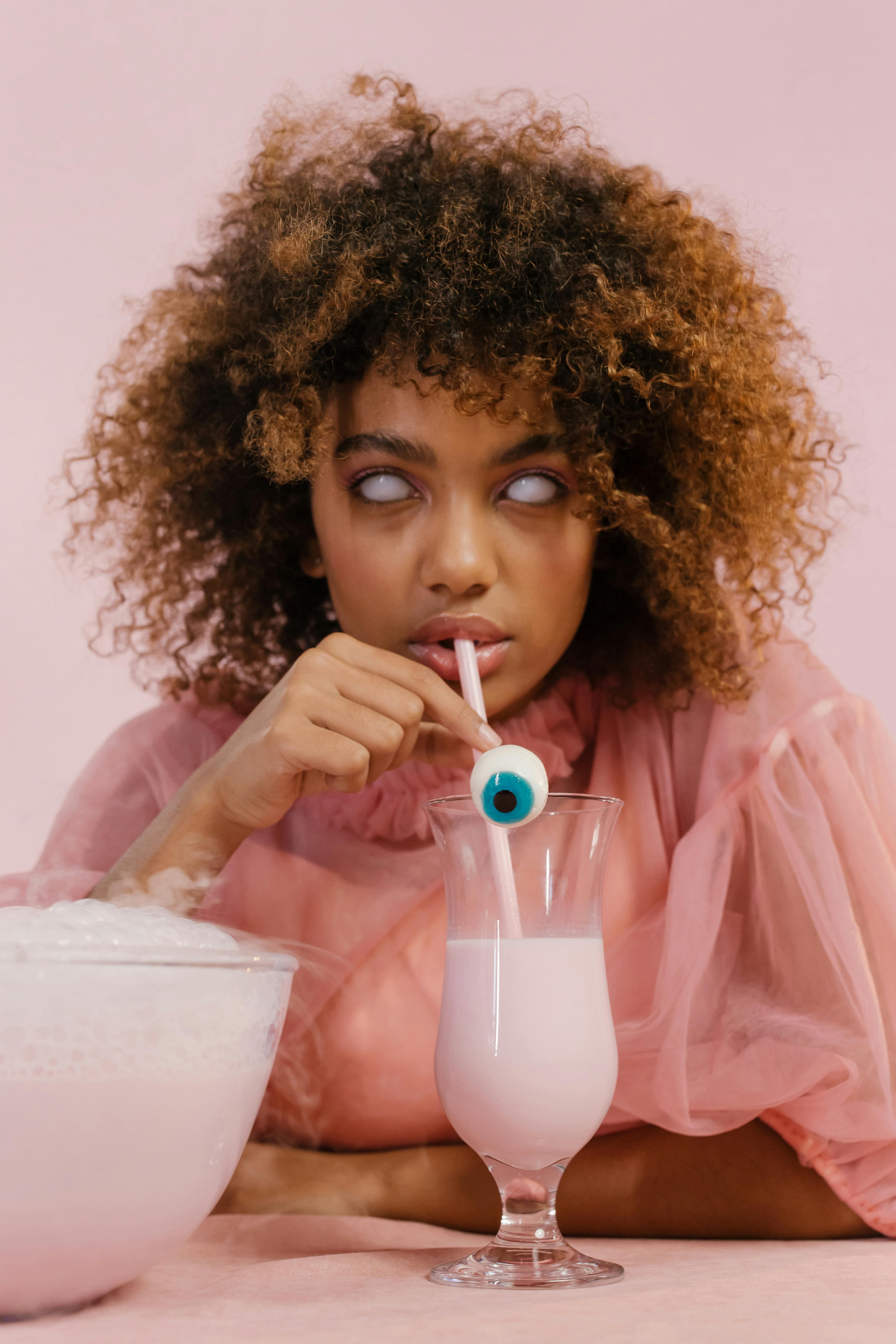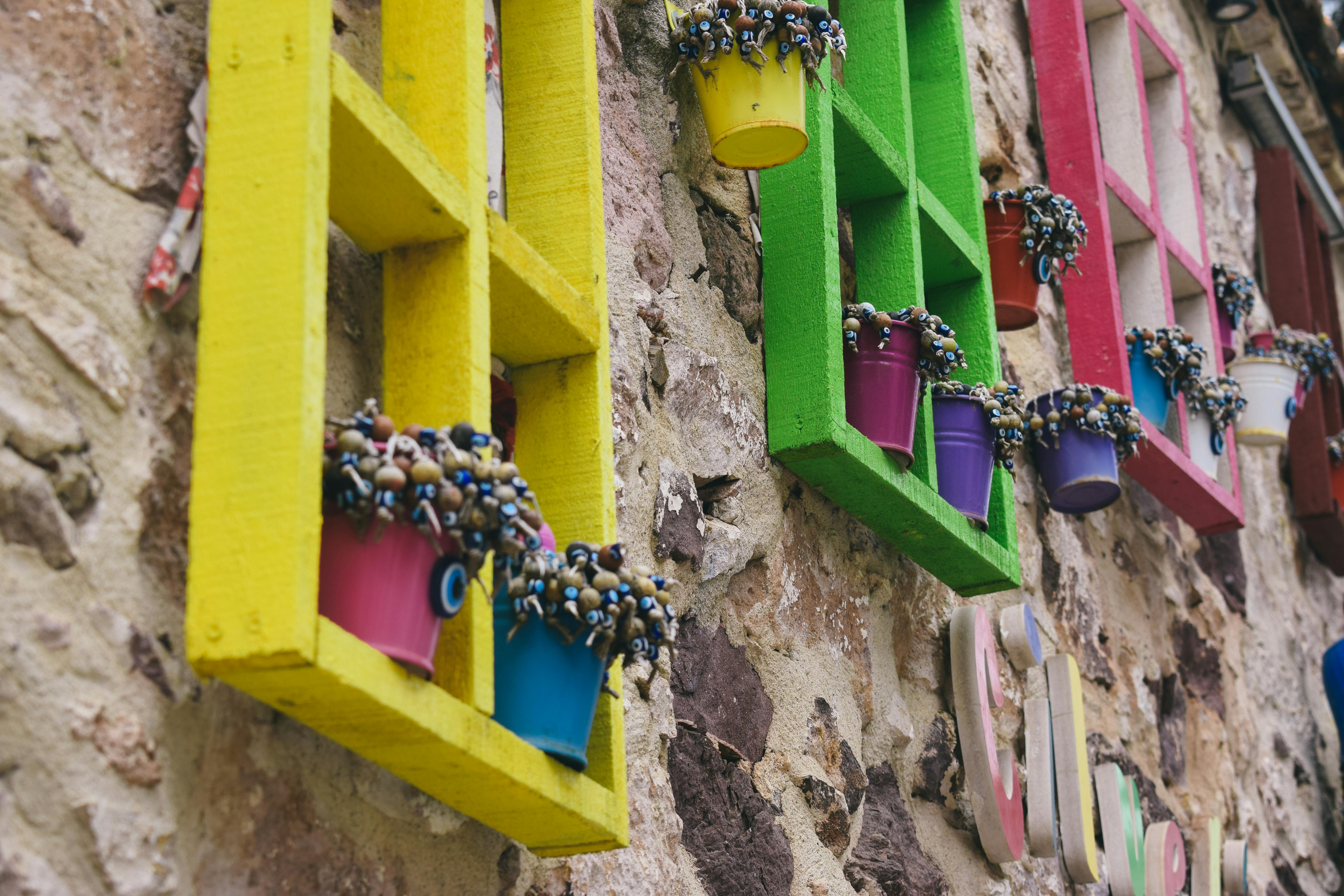So, there I was, entirely swept up in the colorful, pulsating heart of pop art, a journey that promised to be as eye-opening as it was inspiring. This adventure into the world of pop art is more than just a stroll through galleries filled with bright colors and bold lines. It’s a profound exploration of how modern culture has been shaped, molded, and splashed across canvases in ways that challenge our perceptions. From the iconic works of Andy Warhol and Roy Lichtenstein to the lesser-known gems that add depth and diversity to this art movement, my expedition was an enlightening glimpse into how pop art continues to influence, reflect, and comment on the society we navigate daily.

Understanding Pop Art: Its Beginning and Origin
The birthplace and time period of Pop Art
Pop Art, a term that resonates with vibrancy and immediacy, first sprang to life in the late 1950s and early 1960s. Though it burgeoned almost simultaneously in both the United States and the United Kingdom, each place imparted its own unique flavor to the movement. For me, understanding that Pop Art emerged during a post-war economic boom helps put its focus on consumerism and mass media into context. This era’s optimism, coupled with technological advancements, set the perfect stage for a new art movement to break ground.
Pop Art as a reaction to modernist art movements
The essence of Pop Art lies in its radical departure from the abstract expressions and the introspective nature of modernist movements like Cubism and Surrealism. I’ve always been fascinated by how it turned art on its head by pulling from sources considered mundane or too ‘commercial.’ Rather than seeking to transcend the everyday, Pop Art embraced it, making art accessible and challenging the elite gatekeeping of what was considered ‘high art.’
Key founders and influencers of the Pop Art genre
Diving deeper, it becomes clear that figures such as Andy Warhol, Roy Lichtenstein, and British artist Richard Hamilton were instrumental in shaping Pop Art. Each brought their own perspectives and methodologies, yet shared a common interest in blurring the lines between fine art and popular culture. Their innovative approaches opened up new dialogues about the role and value of art in society.
Defining Features of Pop Art
Focus on basic elements: color and shape
One cannot help but be drawn to the bold colors and stark shapes characteristic of Pop Art. This focus on fundamental elements was not just aesthetic but also a statement. It stripped art down to its visual core, making it direct and accessible. The simplicity was deceptive, though, often imbued with complex symbolism and commentary.
Incorporation of everyday objects and commercial items
What genuinely sets Pop Art apart for me is its incorporation of everyday objects and commercial imagery. From soup cans to comic strips, these items were elevated to art, challenging traditional notions of beauty and value. This democratization of art subjects was, perhaps, one of its most revolutionary aspects.
Use of popular culture and mass media references
By leveraging popular culture and mass media, Pop Art created an immediate connection with the viewer. This symbiotic relationship with contemporary culture made the art form incredibly dynamic and reflective of societal shifts. For me, it’s a vivid mirror of the times, capturing the essence of the moment in bold strokes and vibrant colors.

Iconic Pop Artists and Their Works
Andy Warhol and his influence in the Pop Art movement
Talking about Pop Art inevitably brings Andy Warhol to mind. His work, from the iconic Campbell’s Soup Cans to portraits of Marilyn Monroe, not only defined the aesthetic of Pop Art but also critiqued the celebrity culture and consumerism it depicted. Warhol’s ability to replicate the mechanized, mass-produced feel of his subjects in his art was both a technical marvel and a conceptual commentary.
The bold works of Roy Lichtenstein
Roy Lichtenstein’s comic-strip inspired artworks are instantly recognizable. His meticulous compositions, often employing a dot matrix similar to print media, wittily encapsulate the drama of everyday life and popular culture. As someone who appreciates the nuanced critique buried within seemingly simplistic works, I find Lichtenstein’s art deeply compelling.
Richard Hamilton and his contributions to British Pop Art
British Pop Art, while sharing similarities with its American counterpart, had its unique voice, significantly shaped by Richard Hamilton. His collage, ‘Just what is it that makes today’s homes so different, so appealing?’ is often hailed as the inaugural work of the Pop Art movement. For me, Hamilton’s work finely balances a critique and appreciation of the changing British post-war lifestyle.
Connection Between Pop Art and Popular Culture
Reflection of consumerism and mass production in Pop Art
Pop Art mirrors the post-war boom in consumerism and mass production. It doesn’t just reflect these phenomena but also critiques them. The art form’s adoption and adaptation of advertising aesthetics speak volumes about the consumer culture it emerged from. It’s a dialogue, one that’s both critical and celebratory.
Influence of media and advertising in Pop Art
Media and advertising, with their pervasive presence in modern life, naturally found their way into Pop Art. For artists, these weren not just sources of inspiration but tools to comment on the very nature of communication and consumption in society. As a consumer in the digital age, I see this aspect of Pop Art as increasingly prescient.
Pop Art’s commentary on fame and celebrity
In a culture obsessed with fame and celebrity, Pop Art’s focus on these themes feels particularly relevant. The movement’s exploration of how media constructs and consumes celebrity images makes us question the authenticity and the very nature of fame. It’s a perspective that seems even more critical now in the age of social media influencers and viral fame.

Pop Art as a Tool of Social Commentary
Critique of consumerism and capitalism
At its core, Pop Art utilized its commercial aesthetics as a tool to critique consumerism and capitalism. It presented a paradox—embracing and exploiting commercial techniques while also commenting on their pervasiveness and impact on society. This nuanced critique invites viewers to question their relationship with consumer culture.
Examination of celebrity culture through Pop Art
Celebrity culture, with its manufacture and consumption of personal images, provided fertile ground for Pop Art’s social commentary. Artists like Warhol didn’t just depict celebrities; they delved into the mechanisms behind their fame, revealing both the allure and the vacuity of celebrity culture. This examination feels ever-relevant as we navigate the complex landscape of fame in the digital age.
Pop Art and its view on materialism
Materialism, a hallmark of the era that birthed Pop Art, is both celebrated and critiqued through the movement. Pop Art’s ambivalent stance invites viewers to reflect on their own material desires and the societal forces that shape them. It’s a conversation that remains pertinent, especially as we grapple with the environmental implications of unchecked consumerism.
Exploring Different Sub-genres of Pop Art
American vs British Pop Art: A Comparative Analysis
American and British Pop Art, while originating from a shared ethos, diverge in their focus and thematic concerns. The American variant leans more towards a critique of mass media and consumerism, reflective of its economic boom. British Pop Art, on the other hand, seems more preoccupied with domestic and everyday life, possibly a reflection of Britain’s post-war recovery and social changes. This comparative analysis reveals the nuances of a movement shaped significantly by its cultural context.
Psychedelic Art: The Trippy Side of Pop Art
Psychedelic Art, often considered a sub-genre or cousin to Pop Art, took the basic elements of Pop – color, shape, and culture – and infused them with the consciousness-expanding ethos of the 60s counterculture. This form of art not only pushes the boundaries of aesthetic experience but also invites a deeper contemplation on perception and reality. For those of us intrigued by the intersection of art and altered states of consciousness, Psychedelic Art offers a compelling exploration.
Exploration of other regional and national variations
Beyond the well-known American and British strains, Pop Art found unique expressions in various parts of the world, each infusing their cultural idioms and concerns into the movement. From the vibrant scenes in Latin America to nuanced critiques in Eastern Europe, these variations enrich our understanding of Pop Art as a versatile and adaptable language of modern culture.

Contemporary Pop Artists and Their Impact
How contemporary artists are keeping Pop Art alive
Contemporary artists continue to infuse Pop Art with new life, adapting its themes and aesthetics to the digital age. By incorporating technology and contemporary culture, they are expanding the conversation started by their predecessors, making it relevant to today’s audience. This evolutionary approach keeps Pop Art vibrant and engaging, proving its enduring appeal and adaptability.
The influence of digital media and technology on modern Pop Art
Digital media and technology have significantly influenced modern Pop Art, opening up new avenues for creation and distribution. Artists now have at their disposal tools that allow for unprecedented levels of manipulation and reproduction, echoing Pop Art’s fascination with mass production but on a digital platform. This digital evolution invites us to reconsider the boundaries of art and its dissemination in society.
Prominent contemporary artists contributing to the Pop Art movement
Artists like Jeff Koons and Takashi Murakami have become synonymous with contemporary Pop Art. Their work, while distinct in style and subject matter, carries forward the Pop Art legacy of challenging cultural norms and embracing commercial aesthetics. As a fan, observing how they navigate the complexities of modern culture while maintaining the essence of Pop Art is both fascinating and inspiring.
How Pop Art Transcends Beyond Visual Art
The influence of Pop Art on fashion
Pop Art’s bold aesthetics and embrace of popular culture have had a profound impact on fashion. Designers like Mary Quant in the 60s to contemporary icons like Jeremy Scott have drawn inspiration from Pop Art, blending high art with high fashion. This fusion not only highlights the movement’s influence on design but also underscores the fluid boundaries between art and everyday life.
Pop Art’s effect on music and album art design
The synergy between Pop Art and music is palpable, particularly in album art design. Iconic covers like The Beatles’ “Sgt. Pepper’s Lonely Hearts Club Band” and more recently, Lady Gaga’s “Artpop,” showcase how Pop Art aesthetics can capture the essence of the music while making a visual statement. For me, this intersection of visual art and music enhances the cultural resonance of both mediums.
Influence of Pop Art on film and television
Pop Art’s influence extends into film and television, where its aesthetic and thematic concerns find new expressions. The movement’s emphasis on popular culture and critique of mass media dovetail with the aims of many filmmakers and TV creators. This cross-pollination enriches our visual and cultural landscape, illustrating the pervasive and enduring nature of Pop Art’s influence.
Critiques and Criticism of Pop Art
Common critiques faced by the Pop Art movement
Pop Art has faced its share of criticism, often centered on its perceived superficiality and commercialism. Critics argue that by embracing mass culture and aesthetics, Pop Art undermines the value and purpose of fine art. These critiques, however, overlook the movement’s nuanced commentary on consumerism, media, and culture.
Debate on whether Pop Art should be categorized as ‘high’ or ‘low’ art
The debate around Pop Art’s classification reflects broader questions about art and value. By blurring the lines between ‘high’ art and ‘low’ culture, Pop Art challenges the hierarchy within the art world. For those of us who believe in the democratization of art, this debate underscores the importance of inclusivity and accessibility in the cultural discourse.
Defense of Pop Art from prominent critics and supporters
In defense of Pop Art, supporters argue that its engagement with popular culture and commercial aesthetics is precisely what makes it revolutionary. It opens up art to wider audiences and topics, making it a vital reflection of contemporary life. The movement’s impact on subsequent generations of artists and its integration into popular culture attests to its significance and enduring appeal.
The Legacy and Future of Pop Art
The lasting impact of Pop Art on modern culture
Pop Art’s legacy is evident in the way we view art and culture today. Its influence extends beyond the canvas, shaping design, fashion, and media. As a movement that questioned and expanded the boundaries of art, Pop Art has left an indelible mark on modern culture, encouraging ongoing dialogue between art and everyday life.
How contemporary issues could shape the future of Pop Art
As contemporary issues evolve, so too will Pop Art. Themes of technology, digital media, and global capitalism are ripe for exploration through a Pop Art lens. The movement’s adaptability and emphasis on relevance suggest that it will continue to reflect and critique our changing world in vibrant and engaging ways.
The potential of digital and new media in further evolving Pop Art
The digital age offers exciting possibilities for the evolution of Pop Art. New media, such as virtual and augmented reality, provides platforms for immersive experiences that challenge traditional art forms. As we navigate this digital landscape, the principles of Pop Art—innovation, accessibility, and commentary—will undoubtedly play a central role in shaping its future trajectory, ensuring that Pop Art remains at the forefront of cultural expression.



